Internet of Things in Energy Sector: Applications, Challenges & Key Features
Ditstek Blogs
The Internet of Things is transforming the way organizations collect data from connected devices and sensors, and share it across various systems. The current scope of IoT in the energy sector focuses on enhancing efficiency, reducing operational costs, and implementing more intelligent energy management.
Energy supplier companies are using IoT-enabled smart meters, sensors, and predictive maintenance tools to monitor consumption and load distribution. Organizations are adopting energy solutions, such as smart lighting systems and thermostats, to minimize energy waste and enhance sustainability.
This means that IoT is helping businesses improve their efficiency and ability to make informed decisions, reduce operational costs and expenses, and enhance the customer experience.
The Future Potential of IoT
The future of the IoT is expected to be even bigger and smarter, with technologies such as AI, 5G, and edge computing driving further innovation. In the future, IoT will decentralize energy production and push for carbon neutrality.
Additionally, advanced IoT systems will enable energy companies to utilize artificial intelligence, edge computing, and real-time analytics to make informed decisions and minimize outages. IoT systems will also be used to manage energy storage systems, forecast energy demand and support microgrids in remote areas.
Reduce Waste, Save Costs, Maximize Efficiency!
DITS helps you harness IoT to monitor, analyze, and optimize energy use - cutting operational costs without compromising performance.
Benefits of IoT in Energy Sector

Organizations had always been measuring energy production and consumption, but real efficiency starts with combining IoT with energy management systems. The IoT enables real-time tracking, automation, and control across the entire energy value chain. Here's how IoT is transforming the game of smart energy management:
Reduce Energy Cost
Cost reduction is one of the most instantaneous benefits that comes with IoT in energy management. Real-time monitoring, smart metering, and actionable analytics give organizations the ability to reduce wasted energy and optimize consumption. That explains why both businesses and governments are investing so much in an IoT infrastructure.
Automate Energy Workflows
The IoT automates the energy measurement process, so workers no longer need to continuously monitor it. Once the energy data has been collected from all devices, teams can think strategically rather than focus on pushing buttons. If organizations use the right controls, consumption tracking, faults, or alerts can all run on autopilot.
Create Sustainable Energy Practices
IoT helps organizations use more renewable energy sources and makes the transition to renewable energy sources convenient. From monitoring the energy production of solar panels to managing load balancing in hybrid systems, IoT provides organizations with enhanced planning, monitoring, and control capabilities, making it easier to achieve sustainability goals.
Optimize Asset Maintenance
IoT can monitor energy and the condition of energy-connected assets. The technology enables the detection of when something (such as a transformer, sensor, or smart meter) is wearing out or operating inefficiently, hours before a failure occurs. Energy companies can reduce downtime, improve asset life, and improve their performance level without the need for manual checks.
IoT in energy-saving applications
IoT is built into a variety of energy-saving applications, including smart grids, automated lighting, connected HVAC systems, and intelligent load balancing (to name a few). All these applications contribute to setting the precedent for reliable, data-driven, and efficient energy systems.
At DITS, we provide intelligent, IoT-enabled energy management solutions tailored to the operational requirements of energy providers and enterprises. Whether you need to optimize energy consumption, automate load balancing, or integrate renewable sources, DITS builds custom software solutions for energy systems that are scalable, secure, and future-proof.
Real Life Use cases of IoT in Energy sector

Now as we know the benefits of Internet of things, let use explore some real life use cases of IoT in the energy sector.
Smart Metering & Real Time Energy Monitoring
IoT-enabled smart meters, enables consumers to have more control over their energy usage, while utility providers can regulate and optimize their systems in real time. It provides better insights on usage behaviors, and ultimately makes it easier for consumers to make informed decisions.
On the utility side, IoT assists energy supplier companies with regulating supply and demand, detecting excessive loads, and minimizing losses due to energy transit costs. It produces a better and low-cost operating environment with accurate billing, an efficient system for energy distribution.
Predictive Maintenance of Industrial Energy Systems
Industrial operations sometimes have a more significant barrier to maximizing energy or decreasing costs due to energy-intensive equipment, that - if broken, means extended downtime. With IoT asset tracking, there are IoT enabled sensors which monitor an asset's health to detect degradation or inefficiencies before it breaks down. Rather than reacting after something stops working, an operator can avoid excessive energy lost and drive efficiencies by intervening before the equipment fails.
Smart Grid Optimization
Smart grids are some of the most robust applications of IoT within the energy sector. With smart grids, utilities communicate with smart meters and devices to manage their grid. It makes use of sensors to monitor the grid, and their portfolio of energy resources while maintaining intact rankings in demand-response to outages, and peak load situations.
At times, they will be capable of individual or peer-to-peer energy trading (i.e. sending excess power back to the grid). Ultimately, IoT allows us to transform energy networks into energy networks that are smarter and more aligned with the renewables of the future.
Smart Building Energy Automation
Modern buildings are integrating IoT solutions, which makes energy systems run more efficiently and waste less energy. IoT automation applications will enable a smart building (smart HVAC, Building Management System (BMS), and IoT-based occupancy) to respond to actual occupancy and environmental condition changes within the building.
For example, motion sensors activate lighting for occupants in the building where it is needed, and a smart thermostat will dynamically respond to changes to the temperature setpoint for a room based on actual occupancy. A great example of smart buildings leveraging IoT systems is The Edge in Amsterdam, a smart building containing thousands of IoT sensors to manage the energy consumption; improve comfort for its occupants; and reduce operational costs.
Electric Vehicle Fleet Energy Management
Effectively managing electric vehicle (EV) fleets requires more than GPS tracking. IoT platforms can track real-time battery health, charging status, and energy consumption of each vehicle, allowing fleet managers to optimize routes, eliminate energy waste, and schedule charging based on actual vehicle usage patterns.
Companies such as Amazon are utilizing IoT solutions to rapidly scale their EV fleet operations, eliminate internal fuel cost liabilities, and achieve sustainability objectives through smart fleet management using data.
Overwhelmed by IoT Integration Challenges? Let’s Simplify It Together!
From complex legacy systems to security concerns, IoT adoption can be tough. DITS makes it easier with secure, scalable, and industry-aligned integration solutions.
Challenges of IoT in energy sector

Despite the numerous benefits, there are several challenges of implementing IoT in energy sector.
1. Legacy Systems Integration
Integrating IoT into current energy systems can be a challenging task. Energy systems are made up of many systems containing different technologies and sensors, featuring inconsistent communication protocols as well. All of this complexity makes consistent, functional data exchange very difficult.
If an organization wants to deploy IoT successfully in an energy system, it will require custom integration layers that unify data flow across systems while not interfering with ongoing operations.
2. Cyber Risk and Data Security
IoT ecosystems transport vast streams of sensitive energy and consumer data. Those systems are vulnerable to cyberattacks, breaches, and unauthorized access.
To mitigate this threat, organizations need to deploy strong encryption protocols, role-based access control processes (RBAC), and invest in distributed control systems that can isolate critical functions.
Integrating security from the ground up is a prerequisite in these newly evolving systems, where threats will continue to evolve.
3. Lack of IoT Standards
Also, a large contributor to the problem is the plethora of standards for IoT. Although IoT interoperability has improved in recent years, many formal IoT standards do exist, as these devices use different protocols.
In an energy system, if people struggle to integrate and share information, they run the risk of working without a common standard that harmonize each other's development.
4. Energy Intensive IoT Systems
IoT targets to maximize energy efficiency, but the solutions themselves are often energy intensive. IoT systems require a lot of power due to data transfer, device communication and processing model.
We know that energy providers need to build low power IoT systems. Some key things to use in low power IoT systems include: Sensor sleep modes, energy efficient routing protocols (for example clustered routing or multi-path routing), and edge computing.
5. Complex architecture design
IoT systems are always more than one layer. There are devices, communications protocols, a cloud of some kind, an analytics engine, and a user interface. How can a framework be constructed that reliably communicates in real time (anytime, anywhere) all the layers that may exist in the system?
The answer is that it is a huge job and universal architecture don't work as a general tool. The best way is to choose a modular and scale-able architecture framework that best fits the needs of the energy provider's specific use cases, whilst also complying with standards and frameworks.
Advanced Features of IoT to boost energy sector

Below is a list of some advanced features of IoT that are already making substantial impacts in optimizing the energy sector, particularly in respect to efficiency, automation, and sustainability.
AI-based Predictive Maintenance - IoT sensors continuously track the performance of equipment. These sensor data, combined with AI and machine learning, will unleash predictive maintenance by predicting the failure of a component so that even planned maintenance can be timely, avoiding further costs related to downtime and repairs.
Energy Usage Forecasting - IoT based systems can take consumption patterns over time and forecast future energy needs. Analysis accounts for other external factors (like weather patterns, occupancy), and forecast based on this to enable load balancing, demand response, and allocation of resources.
Automated Load Control - With IoT-enabled smart grids, we can now automate load shifting and/or load reduction during peak hours. This is an example of demand-side management that improves grid stability, and prevents energy waste.
Remote Monitoring and Control - Cloud-connected IoT platforms enable operators to monitor energy usage remotely, manage control devices in distributed assets, and respond immediately to a recognized inconsistency or irregularity anywhere within minutes, or even on a mobile device.
Integration of Renewable Energy Sources - IoT is helping with the management of solar panels, wind turbines, and other renewables with planning, storage, usage, and distribution of green energy.
Self-Healing Grids - Advanced systems of IoT-enabled smart grids automatically detect faults and isolate or reroute energy at that site. By incorporating efficiencies like self-healing capabilities into the model, we improve grid reliability and reduce energy outages.
Cybersecurity with Edge Intelligence - Today's IoT systems include the future potential of edge computing, processing data in proximity to the data source. As such, data is less subject to latency and less exposed to cyberspace threats. Advancements in encryption, privacy, and security protocols enhance physical security to protect the energy infrastructure.
Carbon Footprint Analytics - IoT platforms now provide insights on CO? emissions, as well as specific loss points associated with energy inefficiency. These insights assist energy providers to identify helpful metrics and data to meet compliance expectations and improve their ESG/impact reporting.
These significant advances are helping push the energy transition toward smarter, cleaner and more resilient systems.
Real-Time Insights, Real Business Impact!
With DITS’s IoT integration, stay ahead of outages, inefficiencies, and downtime - so your business stays efficient and future-ready.
Cost to integrate IoT in Energy Business
The cost to integrate IoT in an energy company can vary widely depending on several factors—but here's a practical breakdown to help you understand the typical investment range:
Estimated Cost Range
- Small-Scale Pilot (1-2 facilities): $30,000 – $100,000
- Mid-Sized Integration (multiple assets, analytics, dashboard): $100,000 – $500,000
- Large-Scale, Enterprise-Wide Deployment: $500,000 – $2M+
| Size of Project | Range | Focus | Components |
| Small-Scale Pilot | $30,000 - $100,000 | Testing the feasibility of IoT solutions in a limited environment | May include basic hardware (sensors, microcontrollers), basic software, and cloud connectivity. |
| Mid-Size Integration | $100,000 - $500,000 | Implementing IoT solutions across several facilities or assets with more advanced analytics and data visualization capabilities. | Includes more sophisticated hardware, custom software development, and data storage and analytics solutions. |
| Large-Scale, Enterprise-Wide Deployment | $500,000 - $2M+ | Comprehensive integration of IoT across the entire organization, potentially involving complex systems, advanced analytics, and integration with existing infrastructure. | Requires significant investment in hardware, software, cloud infrastructure, cybersecurity, and potentially system integration with existing enterprise systems. |
Partner with DITS to Integrate IoT in Energy Sector
By working with DITS for IoT integration, organizations gain a strategic advantage to modernize, automate and scale operations confidently. What sets DITS apart from other IoT providers is their commitment to offering custom IoT solution built directly into your processes and aligned with your business goals. DITS offers end-to-end system integration – from devices and data acquisition, to cloud platforms and real-time analytics dashboards, allowing you to arrive at connected fit-for-purpose solutions that empower you to to use data to make smart decisions through real-time monitoring, predictive insights, and intelligent automation.
Their agile development and rapid prototyping allows you to streamline your time-to-market - and provide a measurable competitive advantage.
Conclusion
The Internet of Things is changing the energy sector by enabling companies to operate more efficiently, transparently and sustainably. IoT is allowing energy companies to optimize operations, lower cost and provide uninterrupted energy to their customers while using data to support business decisions.
To be clear: there are challenges to IoT, ranging from integration concerns to legacy technology, security, and changes to business processes. However, the long-term benefits of IoT can significantly outweigh the costs and challenges.
Companies that develop and nurture intelligent connected energy systems today will be well-positioned tomorrow to respond to increasing energy demands and government, environmental, and sustainability objectives. The future of energy will be smart, connected and driven by the IoT.
FAQs
1. What is the role of IoT in the energy sector?
IoT enables real-time monitoring, automation, and optimization of energy systems. It helps in managing energy consumption, improving grid performance, and integrating renewable sources more effectively.
2. How does IoT improve energy efficiency?
IoT devices management helps to track energy usage patterns, detect inefficiencies, and enable automated adjustments, leading to reduced waste and improved operational efficiency.
3. What are the main challenges of IoT adoption in energy?
Key challenges include high integration costs, data privacy concerns, lack of standardization, and the complexity of merging IoT with legacy systems.
4. Can IoT help with predictive maintenance?
Yes, IoT sensors collect equipment data to identify early signs of wear or failure, enabling timely maintenance and reducing downtime.
5. Is IoT secure for energy applications?
IoT can be secure if implemented with strong encryption, regular updates, and secure communication protocols. A security-first approach is essential.
6. How does IoT support renewable energy integration?
IoT balances supply and demand by monitoring energy production from renewables and adjusting grid operations in real time.

Dinesh Thakur
21+ years of IT software development experience in different domains like Business Automation, Healthcare, Retail, Workflow automation, Transportation and logistics, Compliance, Risk Mitigation, POS, etc. Hands-on experience in dealing with overseas clients and providing them with an apt solution to their business needs.
Recent Posts
Get in touch

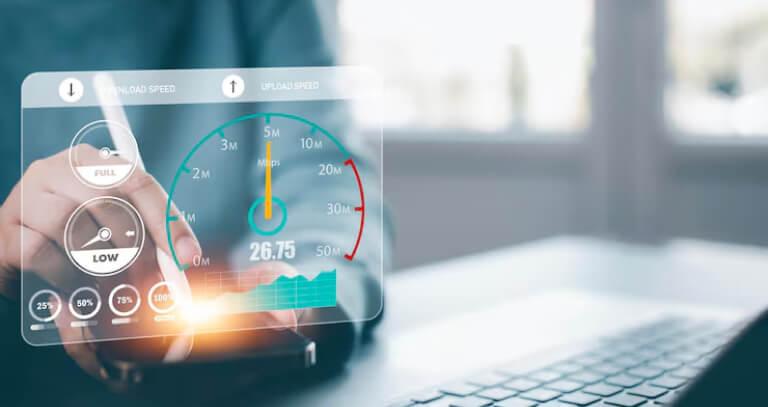
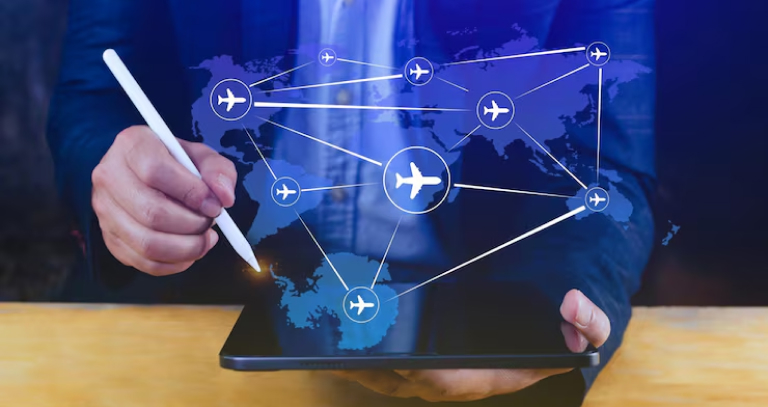
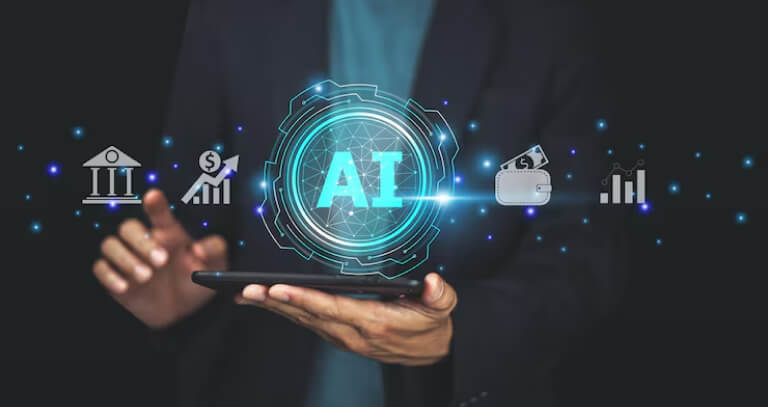
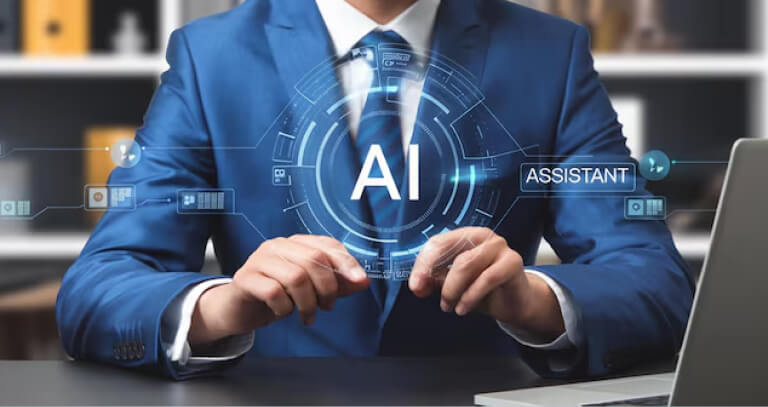
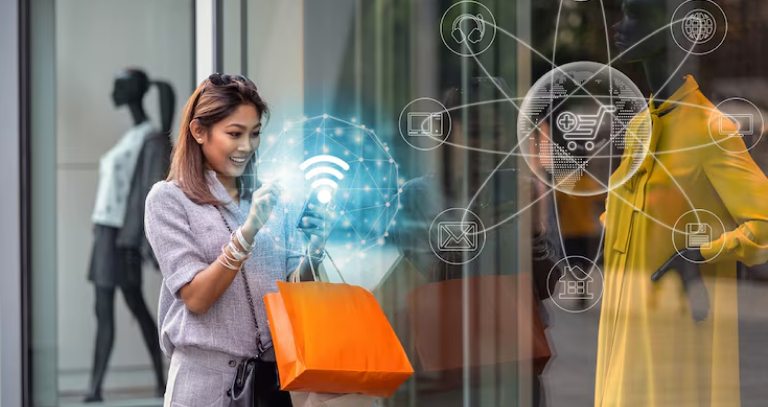
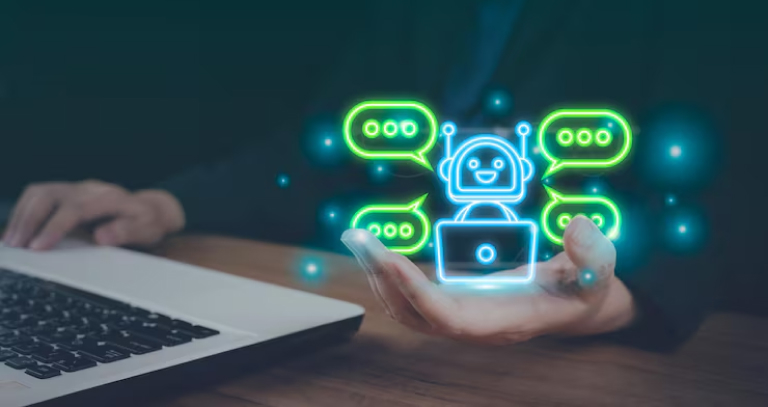
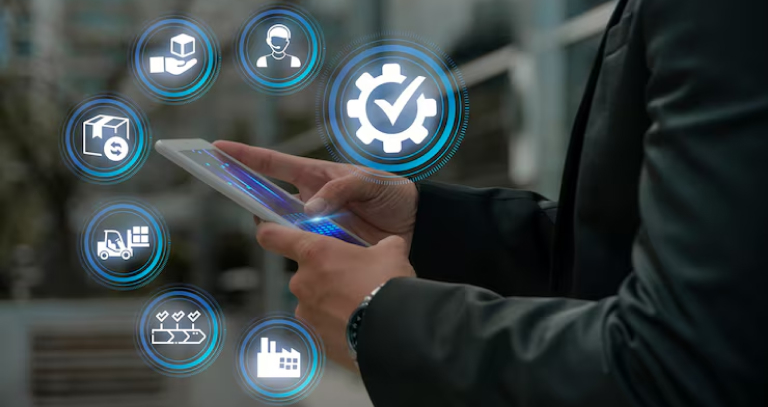
.jpg)

